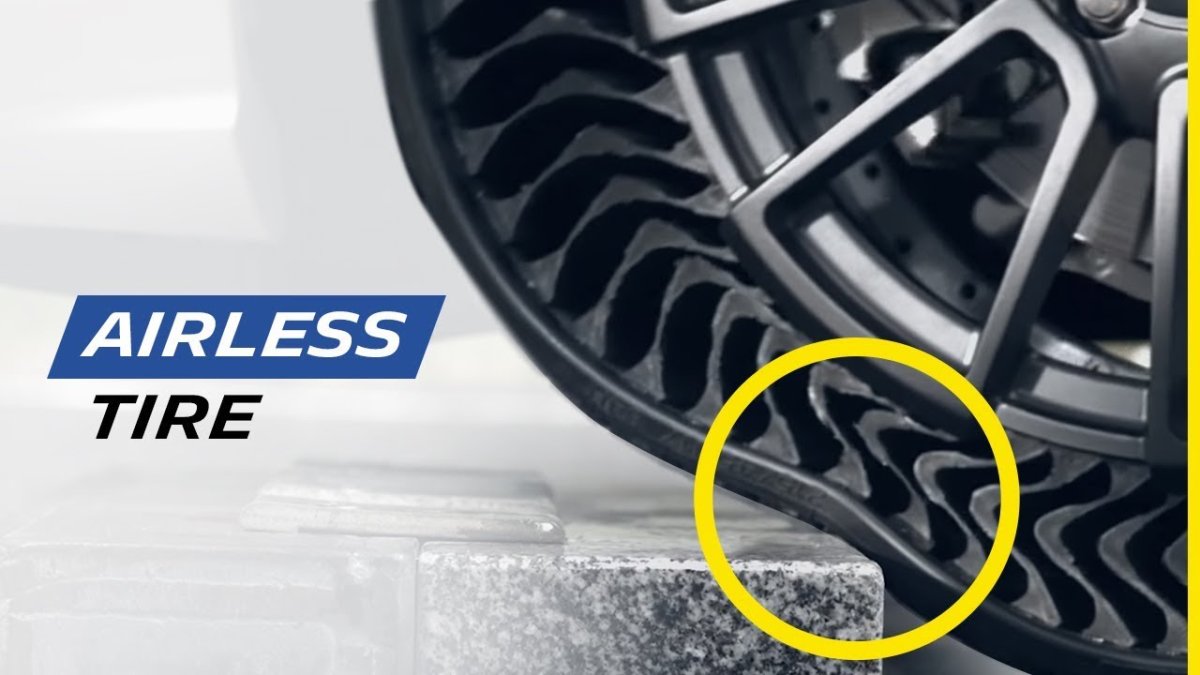Airless tires, also known as non-pneumatic tires, have several disadvantages compared to traditional pneumatic tires. Here are some of the common drawbacks associated with airless tires:
- Ride Comfort: Airless tires are generally stiffer and less shock-absorbent than traditional pneumatic tires. This can result in a rougher ride, especially on uneven or rough terrain. The lack of air cushioning can make the vehicle feel less comfortable for passengers.
- Noise: Airless tires can produce more noise while driving compared to pneumatic tires. The rigid construction of airless tires can lead to increased road noise and vibrations, which may affect the overall driving experience.
- Traction: Airless tires may have limitations in terms of traction compared to pneumatic tires. The design of airless tires can impact their ability to grip the road surface effectively, especially in wet or slippery conditions.
- Heat Build-up: Airless tires can generate more heat during operation due to increased friction between the tire and the road surface. This heat buildup can affect the durability and performance of the tire over time.
- Weight: Airless tires are typically heavier than traditional pneumatic tires. The added weight can impact fuel efficiency and vehicle handling, especially in applications where weight is a critical factor.
- Cost: Airless tires can be more expensive to manufacture and replace compared to pneumatic tires. The complexity of the design and materials used in airless tires can contribute to higher costs for consumers.
- Limited Availability: Airless tires are not as widely available as traditional pneumatic tires. This can make it more challenging to find replacements or repair services for airless tires, especially in remote or less developed areas.
- Maintenance: While airless tires eliminate the need for air pressure checks and refills, they still require maintenance and periodic inspection to ensure optimal performance. Issues such as wear and tear, alignment, and damage can still affect the functionality of airless tires.
Despite these disadvantages, airless tires also offer certain advantages such as puncture resistance, reduced maintenance, and potentially longer lifespan in some applications. The development of airless tire technology is ongoing, and future advancements may help address some of the current limitations of these tires.

 www.notateslaapp.com
www.notateslaapp.com

